 In an excavation being carried out by the Israel Antiquities Authority in partnership with the Western Wall Heritage Foundation in the northwestern part of the Western Wall plaza a rich layer of finds from the latter part of the First Temple period was recently discovered. Also found was a seal that bears an inscription in ancient Hebrew which reads: [belonging] to Netanyahu ben Yaush.
In an excavation being carried out by the Israel Antiquities Authority in partnership with the Western Wall Heritage Foundation in the northwestern part of the Western Wall plaza a rich layer of finds from the latter part of the First Temple period was recently discovered. Also found was a seal that bears an inscription in ancient Hebrew which reads: [belonging] to Netanyahu ben Yaush.
A rich layer of finds from the latter part of the First Temple period (8th-6th centuries BCE) was recently discovered in archaeological salvage excavations that are being carried out in the northwestern part of the Western Wall plaza, c. 100 meters west of the Temple Mount.
In the excavations, which the Israel Antiquities Authority has been conducting for the past two years under the direction of archaeologists Shlomit Wexler-Bdoulah and Alexander Onn, in cooperation with the Western Wall Heritage Foundation, remains of a magnificent colonnaded street from the Late Roman period (2nd century CE) were uncovered that appears on the mosaic Madaba map and is referred to by the name – the Eastern Cardo. The level of the Eastern Cardo is paved with large heavy limestone pavers that were set directly on top of the layer that dates to the end of the First Temple period. Thus the Roman road “seals” beneath it the finds from the First Temple period and has protected them from being plundered in later periods.
This is actually the first time in the history of the archaeological research of Jerusalem that building remains from the First Temple period were exposed so close to the Temple Mount – on the eastern slopes of the Upper City. The walls of the buildings are preserved to a height of more than 2 meters.
Another impressive artifact that was found in the salvage excavations is a that was apparently inlaid in a ring. The scarab-like seal is elliptical and measures c. 1.1 cm x 1.4 cm. The surface of the seal is divided into three strips separated by a double line: in the upper strip is a chain decoration in which there are four pomegranates and in the two bottom strips is the name of the owner of the seal, engraved in ancient Hebrew script. It reads: לנתניהו בן יאש ([belonging] to Netanyahu ben Yaush).
The two names are known in the treasury of biblical names: the name נתניהו (Netanyahu) is mentioned a number of times in the Bible (in the Book of Jeremiah and in Chronicles) and the name יאש (Yaush) appears in the Lachish letters. The name Yaush, like the name יאשיהו (Yoshiyahu) is, in the opinion of Professor Shmuel Ahituv, derived from the root או”ש which means “he gave a present” (based on Arabic and Ugaritic). It is customary to assume that the owners of personal seals were people that held senior governmental positions.
It should nevertheless be emphasized that this combination of names – נתניהו בן יאוש (Netanyahu ben Yaush) – was unknown until now.
In addition to the personal seal, a vast amount of pottery vessels was discovered, among them three jar handles that bear LMLK stamped impressions. An inscription written in ancient Hebrew script is preserved on one these impressions and it reads: למלך חברון ([belonging] to the king of Hebron).
These finds, as well as the numerous fertility and animal figurines, are characteristic of the Kingdom of Judah in the latter part of the First Temple period – the end of the 8th century BCE to the destruction of the Temple in the year 586 BCE.




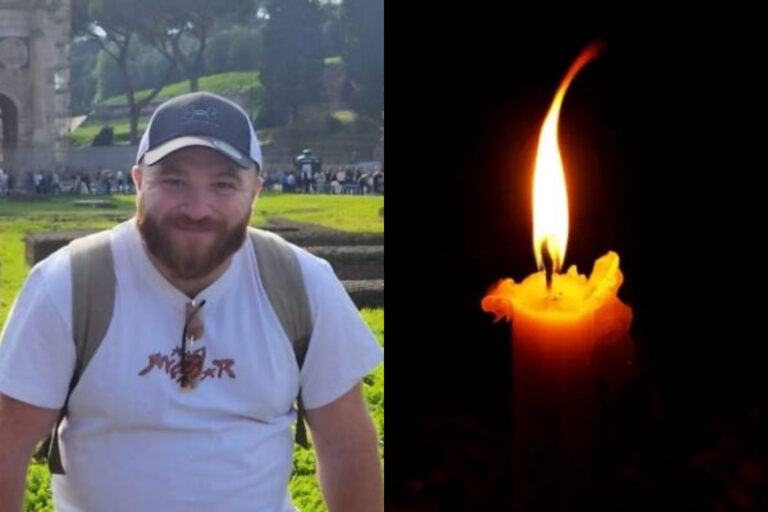
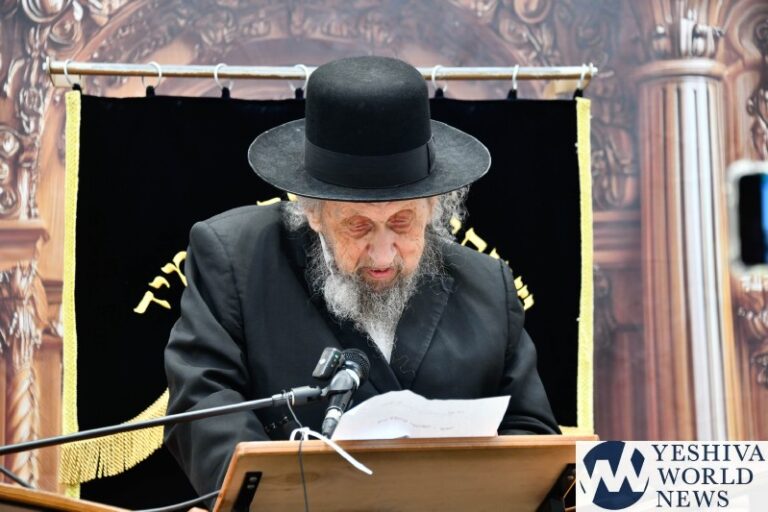
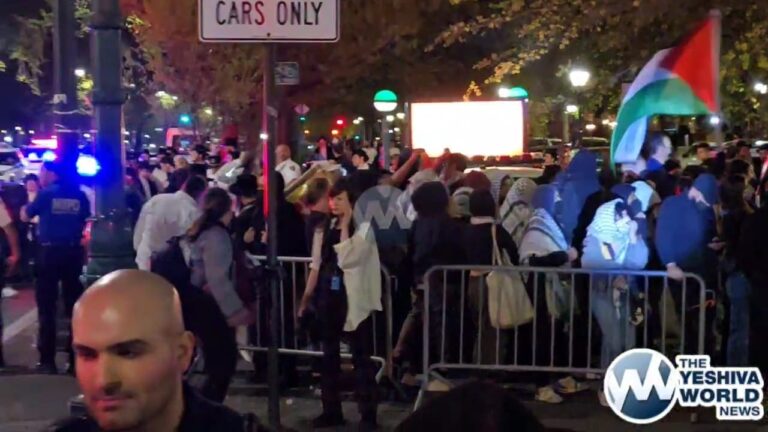
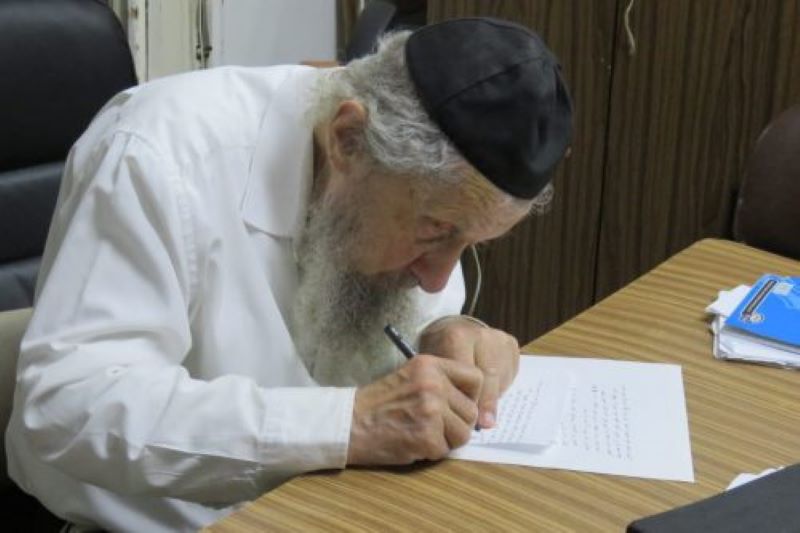

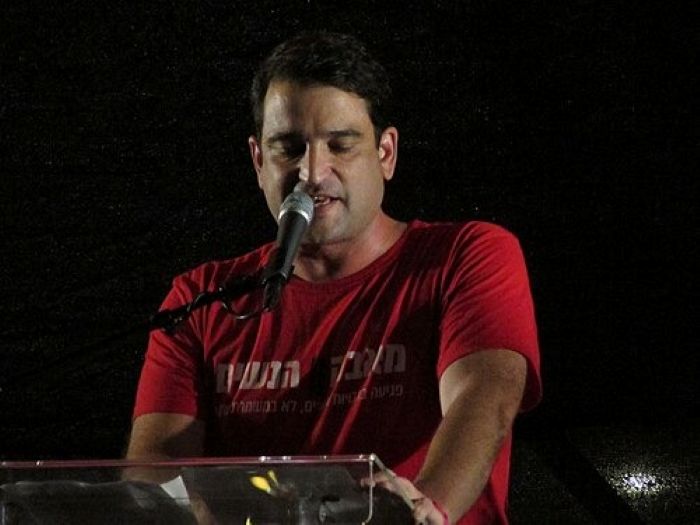

6 Responses
L’Melech Chevron? As in Dovid HaMelech ruled in Chevron first??
Before anyone freaks out, figurines are referring to the idols that were used when klal yisrael went off the derech and used the bais hamikdash as a makom of avodah zorah.
so much for those arab mamzeirim that claim that there was never a presence of jews in the vicinity of the Hare Habais.
The arabs used to say it never existed. Once again, us — 1; arab propoganda machine — 0
#3 What presence of Jews? Didn’t you know that Netanyahu ben Yoash was a Palestinian prime minister over Palestine 3000 years ago and that the King of Hebron was the great grandfather of Arafat?
#5 I actually got a good laugh out of that.. the arabs are very funny in vandalizing places that have a CLEAR yerusha or even concrete historical proof.. and then they will flip flop “venahapoch hu” when it suits them and they start squaking “its a muslim site!!!”
Kever yoseph, yehoshua ben nun, calev ben yifuneh, avner ben ner, shmuel hanavi, shimon hatzadik… just a few places the arabs vandalize then claim its a arab site.